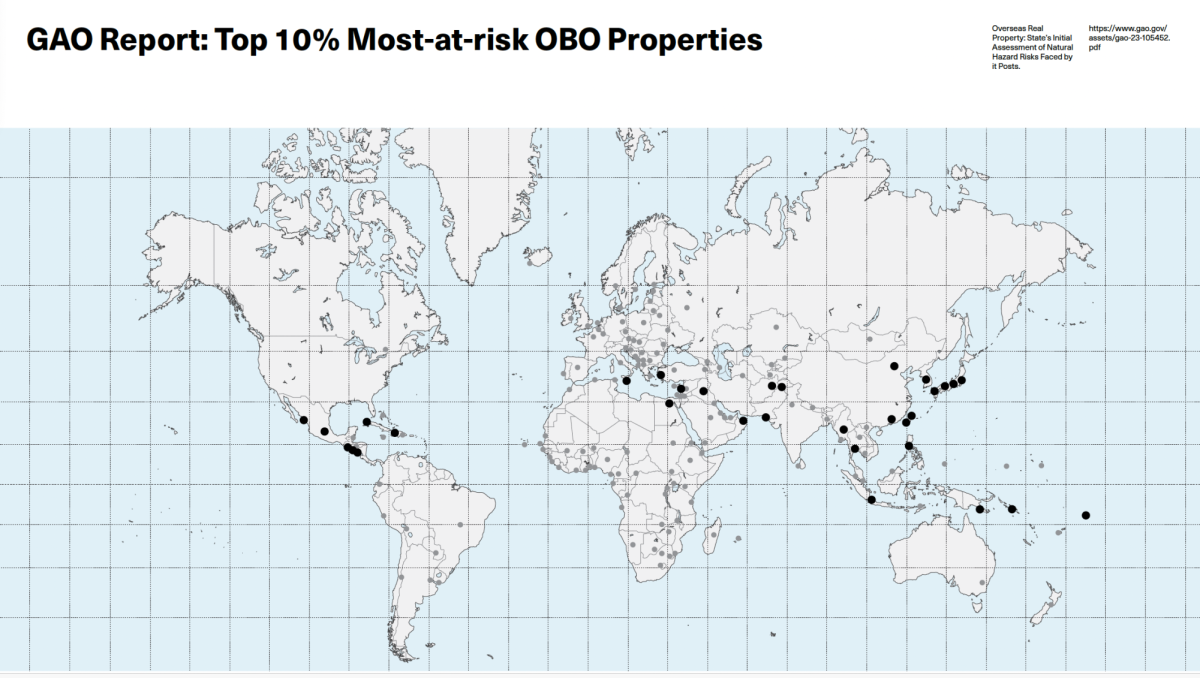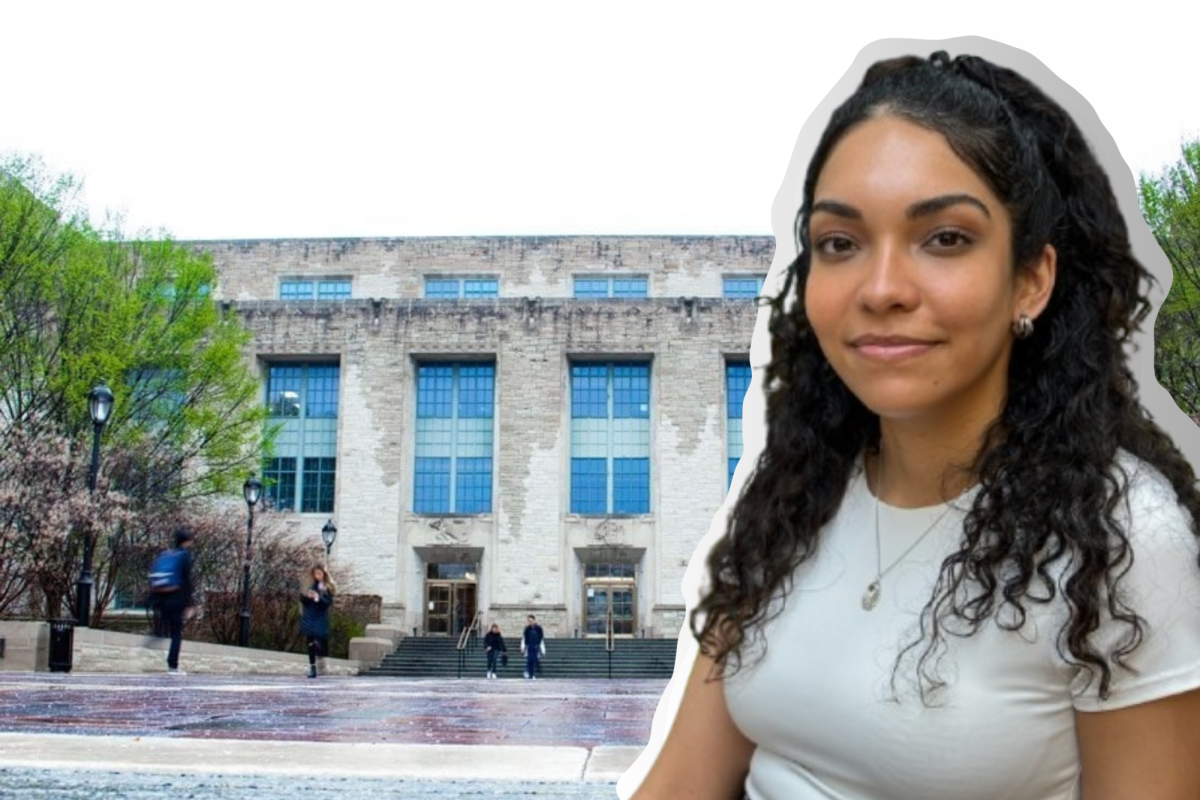The North-South campus divide may really exist solely in students’ minds, a recent study suggests.
Northwestern psychology Prof. David Uttal recently published findings suggesting that as NU students age, they perceive buildings on campus to be farther apart than freshmen do.
About 140 NU seniors and freshmen participated in Uttal’s study, which asked them to place an “x” on an empty campus map to test their perception of where campus buildings are. Then he compared them to an accurate campus map and to one another.
The study, “Learning Fine-Grained and Category Information in Navigable Real-World Space,” began in 2007 and was first published in December 2010 in the Journal of Memory and Cognition. It illuminated a phenomena students have talked about for years: why north and south ends of campus seem to be so far apart.
“I was on one of the shuttles going north and this girl said, ‘This better be good. I don’t go to North Campus for nothing,'” Uttal said. “I started to say, ‘Something interesting is going on here,’ because it really seemed like students were representing these areas as really distinct. There really is only one campus.”
Uttal said the discrepancy in students’ memories may be due to the mind’s tendency to categorize information.
“There’s a reason people do this,” he said. “It’s not just that they’re evil and discriminate. We do this all the time because we can’t remember every little detail perfectly. Becoming more biased may actually help overall.”
Uttal began the study after Chris Warren, Weinberg ’08, presented the idea in his senior thesis. Warren said he became increasingly interested in maps and spatial orientation as he commuted around Chicago and researched the topic.
“After reading some papers by our co-author, (University of Alberta researcher) Alinda Friedman, who has done a lot of work looking at the way that people’s cognitive representations of what is called ‘geographical space’ is distorted by the way that geopolitical boundaries are drawn, I started to wonder if these same concepts might be at play in my own distorted mental map of Chicago,” Warren, who is currently working in Guatemala, said via e-mail.
“Eventually Dr. Uttal and I realized that the Northwestern campus, with its North and South campuses, would be an absolutely perfect place to study the way people’s mental maps of a smaller-scale, navigable space develop over time in a controlled way,” he said, “as opposed to the rather haphazard way that I was exploring Chicago on the train.”
ASG President Claire Lew, who is the founder and former chairwoman of the campus unity initiative One Northwestern, said students reinforce the idea of far-away North and South campuses every time they use this terminology.
“The fact of the matter is, as he was saying in the actual study, the reality is it’s not too far in terms of the distance between North and South campus,” the SESP senior said. “But in terms of how the language that we choose to use, the way we phrase things, how we choose to do that as students affects how we view community on campus.”
NU students shared a variety of views on Uttal’s findings.
Communication freshman Jalen Motes said he travels from his residence, Elder Hall, to South Campus for classes every day.
“It’s like 10 minutes,” he said. “It doesn’t seem all that far.”
Communication senior Julie Sher said when she was a freshman, she lived on South Campus but frequently traveled north for classes in Tech.
She said while she thinks other students perceive that campus divisions are an issue, she disagrees with them.
“I don’t think that there’s an actual difference,” she said. “I don’t think it defines us or limits us.”






